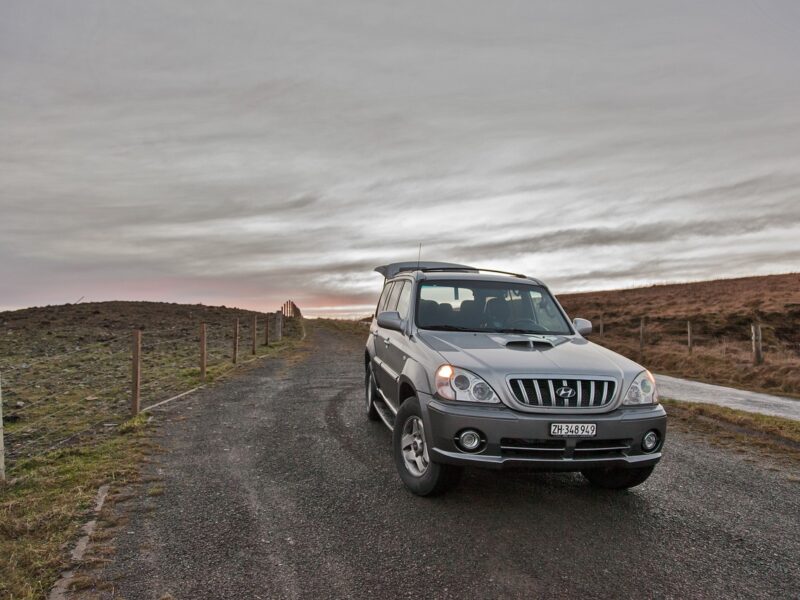What determines the price of petrol?
The price of petrol is a complex mix of various factors. To really understand how much you pay for a litre of petrol, it’s important to see how the price is made up. Below are the main elements that influence the petrol price.
Main factors that influence the petrol price
The petrol price is affected by several factors, with the Brent oil price being one of the most important. This price reflects the global value of crude oil, which is used to produce petrol. When the Brent price rises, we often see an immediate increase in pump prices. This is due to the cost of raw materials and global demand for oil.
1. Purchase cost of crude oil (Brent)
The petrol price starts with the purchase price of crude oil (Brent). Crude oil is the base material for all fuels, and its price is strongly influenced by global issues, such as political stability in oil-producing countries, economic growth in developing markets, and natural disasters. Price changes on international oil markets also affect the price countries and fuel stations pay for crude oil, which is then passed on to the customer.
2. Refining costs
After crude oil is purchased, it undergoes refining, where crude is turned into ready-to-use fuels like petrol. Refining costs include the energy, labour, and infrastructure needed to process the oil. These costs also depend on technological innovations in refining and on regulations around environmental requirements. Higher sustainability standards may mean extra investments, which also affect costs.
3. Transport and distribution costs
Once petrol is refined, it must be transported to petrol stations. This is done by pipelines, lorries, and sometimes ships. Transport costs include fuel, freight charges, and any infrastructure costs to keep the transport networks running. Distance from the refinery to the petrol station plays an important part in these costs. Because of this, prices can vary a great deal by region.
4. Excise duties and taxes
In the Netherlands, excise duties and taxes form a large part of the petrol price. The government charges excise on fuels for various reasons, including environmental policy and to raise tax revenue. This means a considerable part of what consumers pay at the pump goes to the government.
Regional differences in petrol prices
Petrol prices can differ a lot depending on the location. Along motorways, prices are usually higher—sometimes up to 15 cents a litre above the advised price. Especially away from the motorway, unmanned stations and discount competitors sometimes offer as much as 16 cents per litre off. This can lead to significant savings for drivers when filling up.
Petrol prices in the Netherlands
In the Netherlands, petrol prices are fairly high because of sizeable excise duties and VAT set by the government. Nearly 60% of the overall fuel price comes from taxes. As a result, petrol prices in the Netherlands are often higher than in neighbouring countries, causing drivers to sometimes wonder why they pay more for the same quality fuel.
Petrol prices in the Caribbean Netherlands
In the Caribbean Netherlands, petrol prices are often lower than in the Netherlands. This is because the tax burden, including excise and VAT, is much lower in this region. That’s why drivers in the Caribbean generally pay a more affordable price per litre of petrol, giving welcome relief for many people’s daily transport costs.
Comparison with German petrol prices
Petrol prices in Germany are often lower than in the Netherlands, but they can differ because of other taxes and excise duties. Recent studies show that German motorists can sometimes benefit from lower fuel prices, mainly due to different tax structures. This can be attractive to people living close to the border who regularly fill up in Germany. Due to expected changes in excise rules, it’s likely that petrol prices in Germany will become similar to those in the Netherlands.
Saving on fuel costs
Fuel costs can become quite high, but there are several ways to save money. One of the simplest is to choose an (unmanned) station with lower prices. Changing your driving habits also helps cut fuel use; accelerating and braking gently saves fuel. Also, check your tyre pressure—underinflated tyres create more drag, causing higher fuel consumption.












